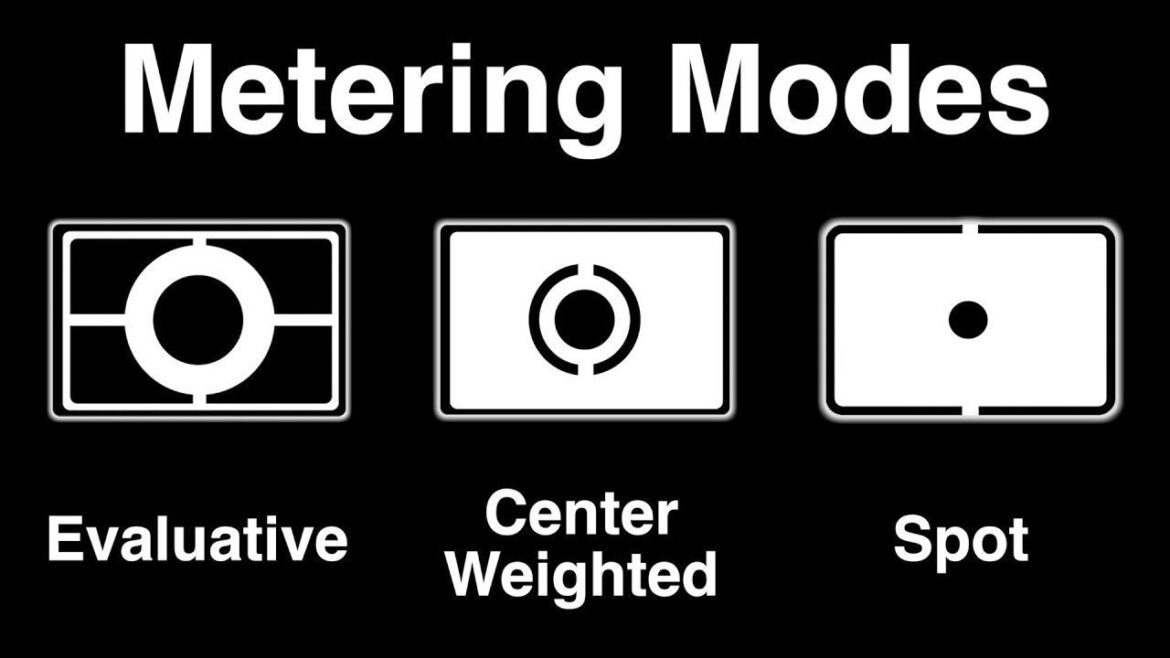Photography Cheat Sheet: What is Metering?
If you’ve ever picked up a digital camera before, chances are you’ve heard of metering. But do you know what it is or how to use it? Metering is an important part of photography, and understanding it is essential to getting the perfect shot every time. In this blog post, we’ll explore what metering is and its importance in photography. We’ll also provide a helpful cheat sheet of tips and tricks so that you can up your photography game in no time!
What is metering?
In photography, metering is the process of measuring the amount of light falling on a subject and then setting the camera accordingly. This can be done with a hand-held light meter, or built into the camera itself. There are three main types of metering: spot, center-weighted, and matrix/evaluative.
Spot metering takes a reading from a small area in the center of the frame, which is then used to determine the exposure. This is useful for backlit subjects or when there is a big difference between the light and dark areas of the scene.
Center-weighted metering takes a reading from the entire frame, but gives more weight to the area in the center. This is the default setting on most cameras and works well in most situations.
Matrix or evaluative metering uses complex algorithms to take readings from different parts of the frame and then determines the best exposure based on that information. This is often used in auto mode and works well in most situations.
The different types of metering
As a photographer, it’s important to understand the different types of metering and how they can affect your photos. Here’s a quick guide to help you get started:
Spot Metering: Spot metering is when you take a light reading from a small area of the scene. This is useful for getting an accurate exposure of a very bright or very dark subject.
Center-Weighted Metering: Center-weighted metering is when the camera takes an average light reading from the entire scene, but gives more weight to the center of the frame. This is a good all-purpose metering mode.
Matrix Metering (Also Called Evaluative Metering): Matrix metering is when the camera looks at the entire scene and takes into account factors like contrast, brightness, and color. This is usually the best metering mode to use in most situations.
What metering mode should I use?
When it comes to choosing a metering mode, there is no one “right” answer. The best way to determine which mode will work best for a particular situation is to experiment with each one and see what results you get. That said, here are some general guidelines:
If you want the background of your image to be well-exposed, use spot metering. This mode measures the light in a small area of the scene (usually just the center), so it’s ideal for isolating your subject from its surroundings.
For images with even lighting, such as portraits or landscapes, average metering is usually a good choice. This mode calculates an average of all the light values in the scene, resulting in an exposure that should please most viewers.
If you’re photographing a backlit scene, try using evaluative metering. This mode takes into account the positioning of your subject within the frame, and will often result in more accurate exposures than either spot or average metering would provide.
How to meter for different types of scenes
In photography, metering is the process of measuring the amount of light falling on a subject and then adjusting the camera settings to produce a correctly exposed image. There are three different types of metering modes available on most cameras: evaluative (also known as matrix or multi-zone), center-weighted, and spot.
Evaluative metering is the default setting on most DSLRs and point-and-shoot cameras. This mode meters exposure for the entire scene and then applies a complex algorithm to determine the best settings for the particular shot. Evaluative metering generally does a good job of handling scenes with both dark and light areas, but can sometimes be fooled by very bright or very dark subjects.
Center-weighted metering measures the amount of light in the center of the frame and then applies more weight to that reading when determining the final exposure settings. This mode is often used when shooting portraits, as it helps to ensure that the subject is properly exposed even if there are other bright or dark elements in the scene.
Spot metering takes a light reading from a very small area in the center of the frame (usually just 1% or less). This mode is useful for situations where you need to specifically control exposure for a small part of the scene, such as when shooting against a bright sky or backlit subject.
Tips for metering success
When it comes to metering, there are a few things you can do to ensure success. First, be sure to meter in manual mode. This will give you the most control over your exposure. Next, take a light reading from your subject. This will help you to get an accurate exposure. Finally, be sure to check your histogram after taking your photo. This will help you to see if your exposure is correct.
Last Shutter Thoughts
In conclusion, it is important to understand what metering is and how it works when taking photos. Metering helps you get the right exposure and set up your camera quickly for different situations. Knowing a few techniques such as spot metering and using the histogram can help you achieve better results more quickly. Taking some practice shots with different settings will help you become familiar with metering so that you can take better pictures every time!
Please leave your comments below and I will happily reply to them.
Like always shutterbugs stay curious and salty.

